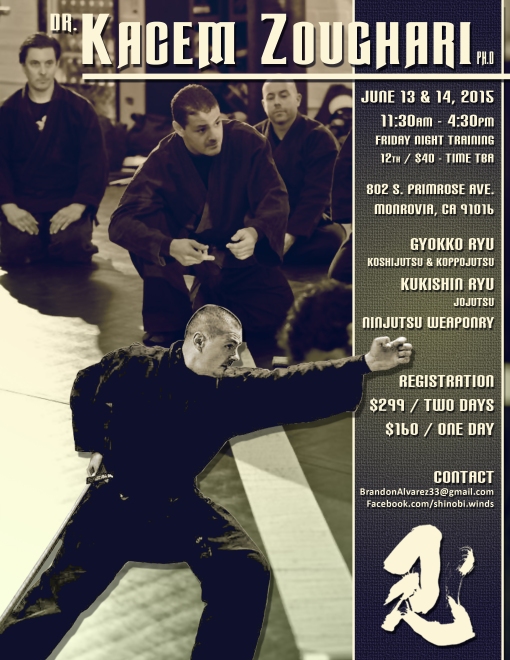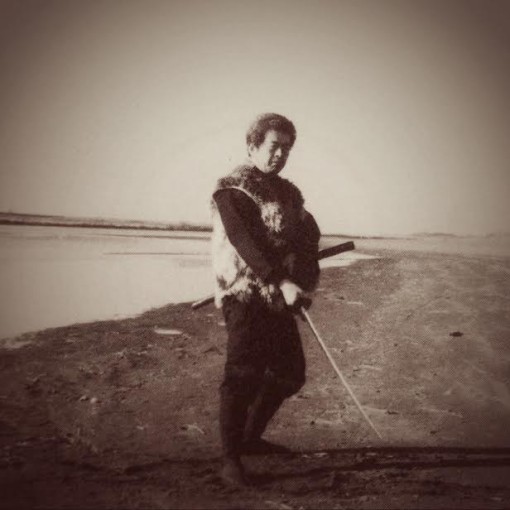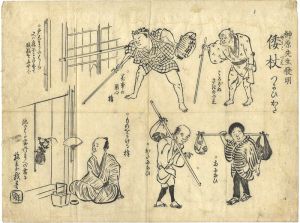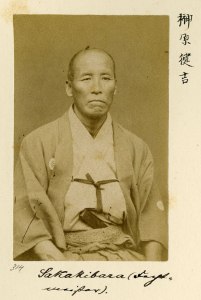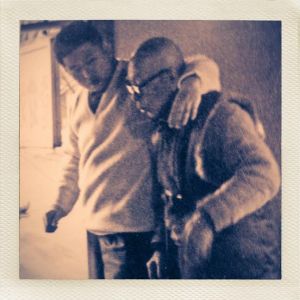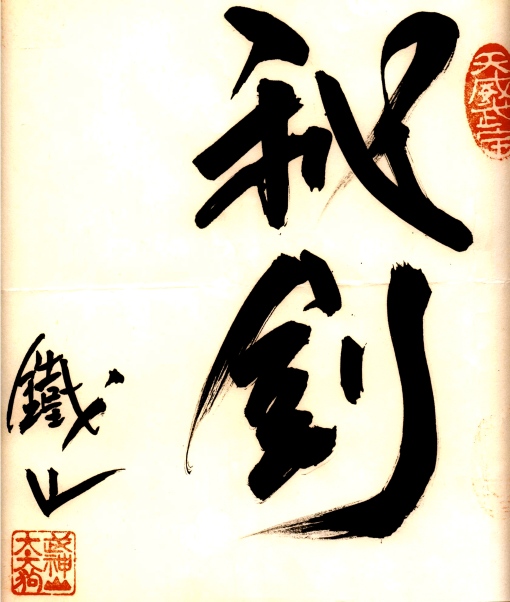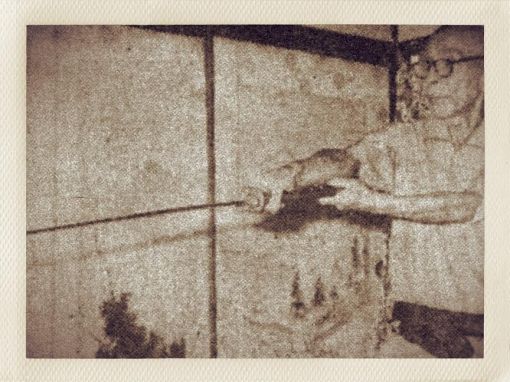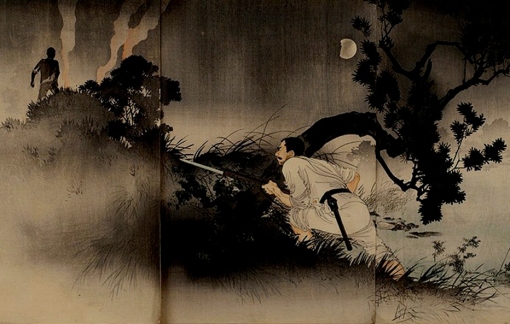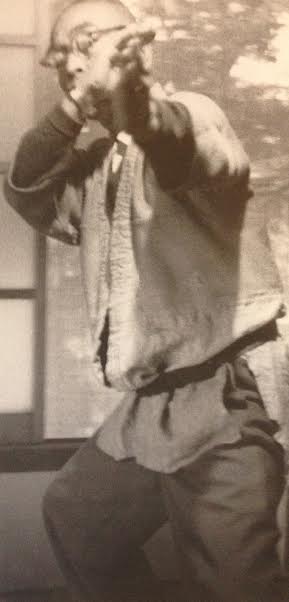
As with everything in ninjutsu and classical martial arts that have survived chaos and tides of the centuries. there is a perpetual depth to what is transmitted from master to student. Few often just scratch the surface in exploring what is being taught or shown to them. This is very evident in the case of ‘Ichimonji’. More than just a ‘posture’ in combat or a ‘line of one’. It is a mindset. A spirit attitude. It is direction of the heart. When all is in chaos around you, bring your heart, your spirit, into a singular force of ‘one’. Bring your will into a focus so strong and singular that nothing can sway you from rising through the chaos and into the vision you see for yourself, into the vision of surviving and beating the odds, no matter how bad circumstances may seem. As an infamous ninja and master swordsman once said, “The secret to victory lies in the ‘ichi’,’hachi’, and ‘jû’ (一, ハ, 十)”. In the Buddhist lexicon, this means channeling the hachi, which (when the kanji is turned on its side) can be translated as the ‘infinite’ spectrum of things (emotions, actions, experiences, thoughts) and the jû’, which can be represented by the ‘Ten Worlds’ in Buddhist lore (Hell, Hunger, Animality, Anger, Humanity, Heaven or Rapture, Learning, Realization, Bodhisattva and Buddhahood), into one piercing dynamic; the ichi (一). When one achieves ‘ichimonji’ (一文字) or ‘Ichinen’ (一念) of the spirit in this manner, the body follows, as does victory over all that would seek to crush one.
